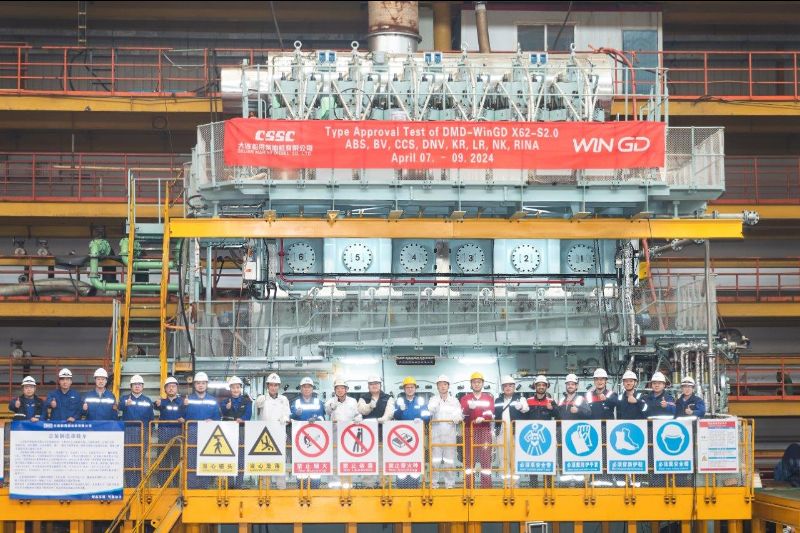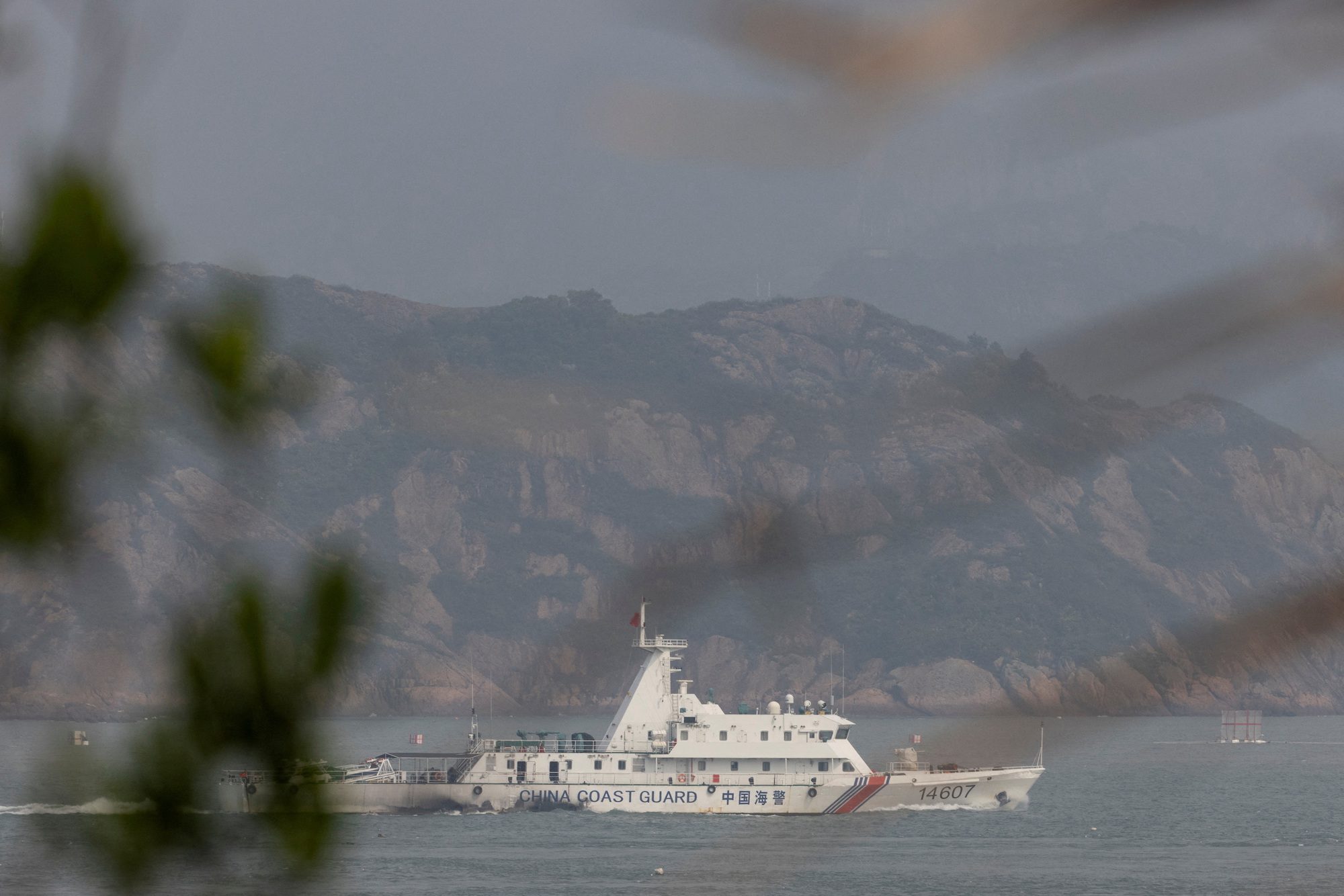Russian Cargo Submarine – Bizarre Maritime Technology

In 1942 the U.S. Navy used submarines run the Japanese naval blockade and bring munitions and supplies to the beleaguered soldiers on Corregidor. Shortly after this event President Roosevelt ordered the Navy to begin developing plans for a cargo carrying submarine. Three WW1 era, V-class submarines were soon brought to Philadelphia and converted to carry military cargo (source).
Roosevelt’s Barracuda class submarines never saw action but the idea has been kept alive and was revisited by all the major participants of the cold war (source) and even included a plan to build Submarine LNG Tankers. Today the idea has been given new life by the Russian submarine design firm Rubin. They explain:
There are outlined engineering and design solutions for creation of a transport submarine on the basis of heavy nuclear submarine cruiser of Project 941 (“Typhoon”) that is able to take aboard and export the payload up to 15,000 tons from the Arctic areas of the Arctic Ocean all year round irrespective of weather and ice conditions. It is achieved due to forming the required submarine buoyancy by means of non-traditional technical solutions. These solutions provide for meeting active requirements to the submarine survivability, reliability and unsinkability as well as crew safety.
The firm has also worked though many of the obstacles of the past and have provided the following notes;
- Use a horizontal loading of the payload by means of port standard loaders.
- Creation of special loading hatches of 4.5 m diameter.
- Design of the submarine forward end structure that allowed cruising by breaking the ice.
- Speed 16-18 knots in submerged condition.
- Speed of about 2-3 knots in surface condition under conditions of solid ice cover up to 2.6 m.
- Optimum variant of transport cargo traffic to be obtained with the use of three converted nuclear submarines
You can find out more about this unusual ship design at Rubin’s website located HERE.

Subscribe for Daily Maritime Insights
Sign up for gCaptain’s newsletter and never miss an update
— trusted by our 109,181 members

Get The Industry’s Go-To News
Subscribe to gCaptain Daily and stay informed with the latest global maritime and offshore news

 Join The Club
Join The Club








